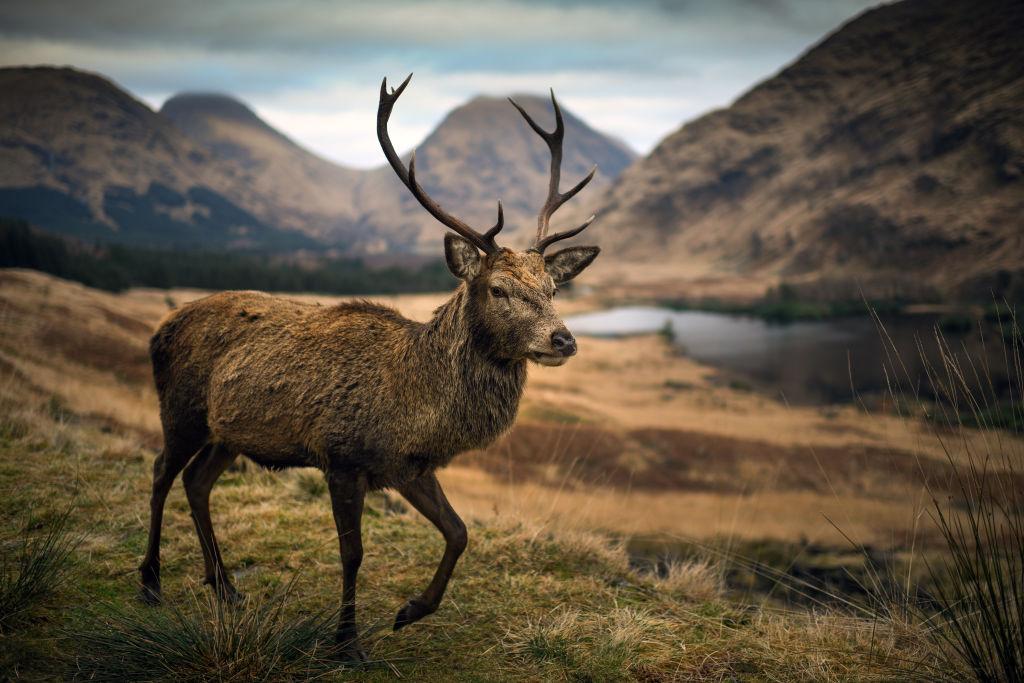A deer found dead weeks back in Yellowstone Park has been confirmed to have been infected with a “zombie” disease that has no known treatment.
Yellowstone National Park “recently confirmed the presence of chronic wasting disease (CWD) in the carcass of an adult mule deer buck found near Yellowstone Lake in the southeastern section of the park,” the National Park Service (NPS) said in a Nov. 14 press release. CWD, popularly known as “zombie” disease, is a neurodegenerative disorder that affects animals like deer, elk, reindeer, and moose.





